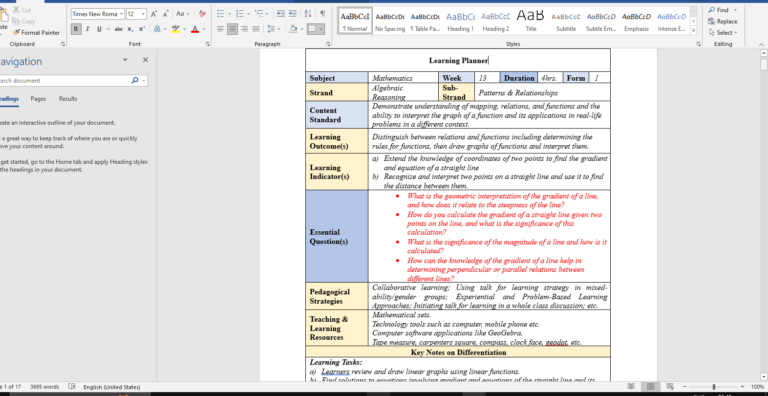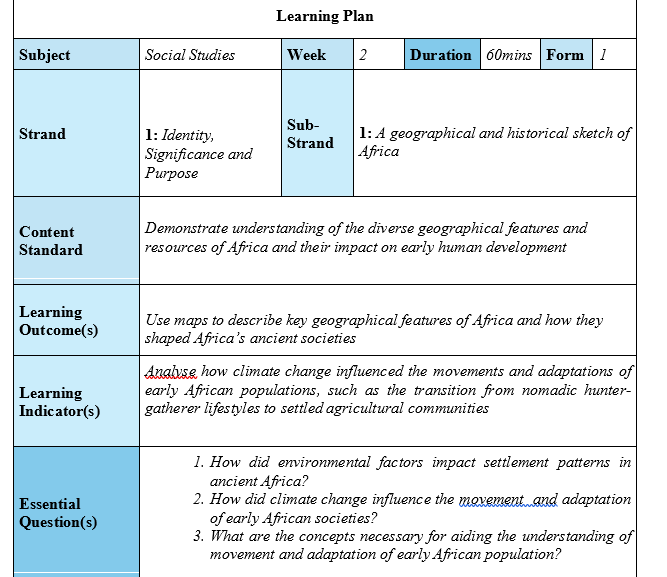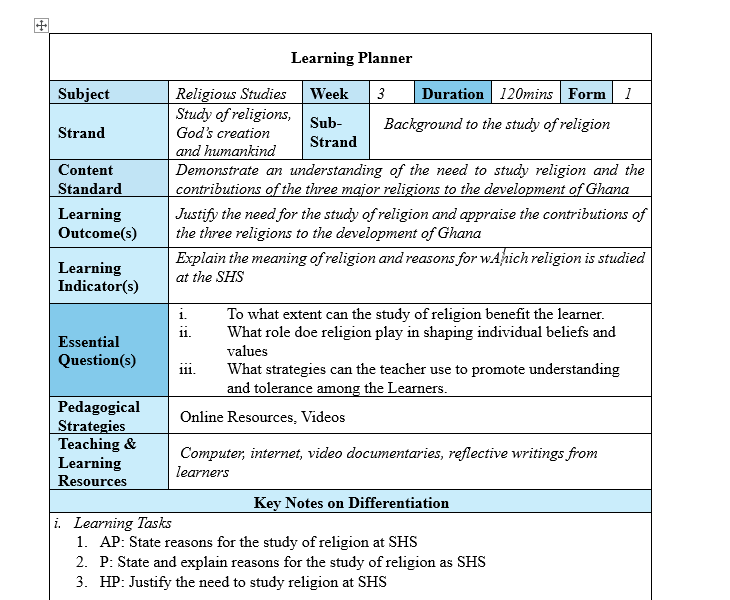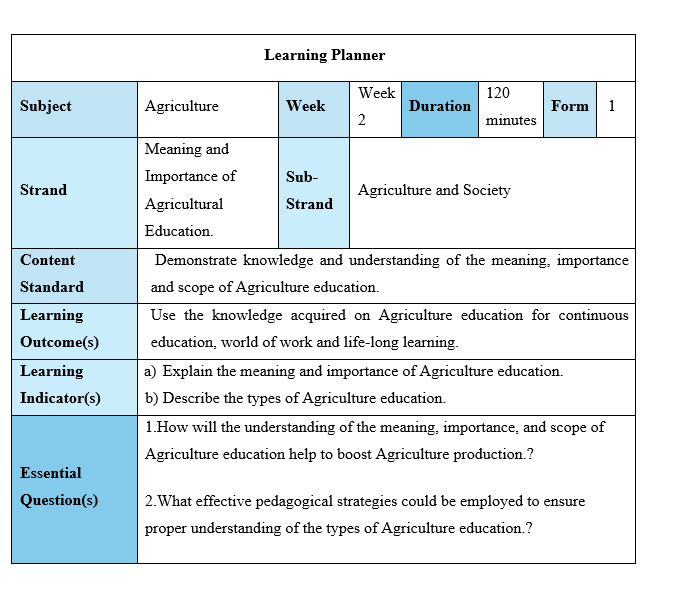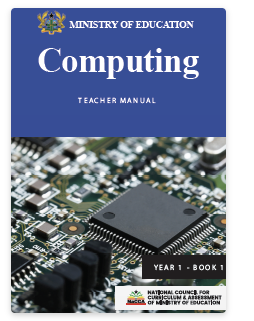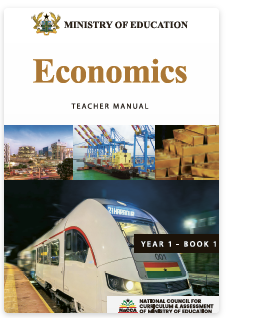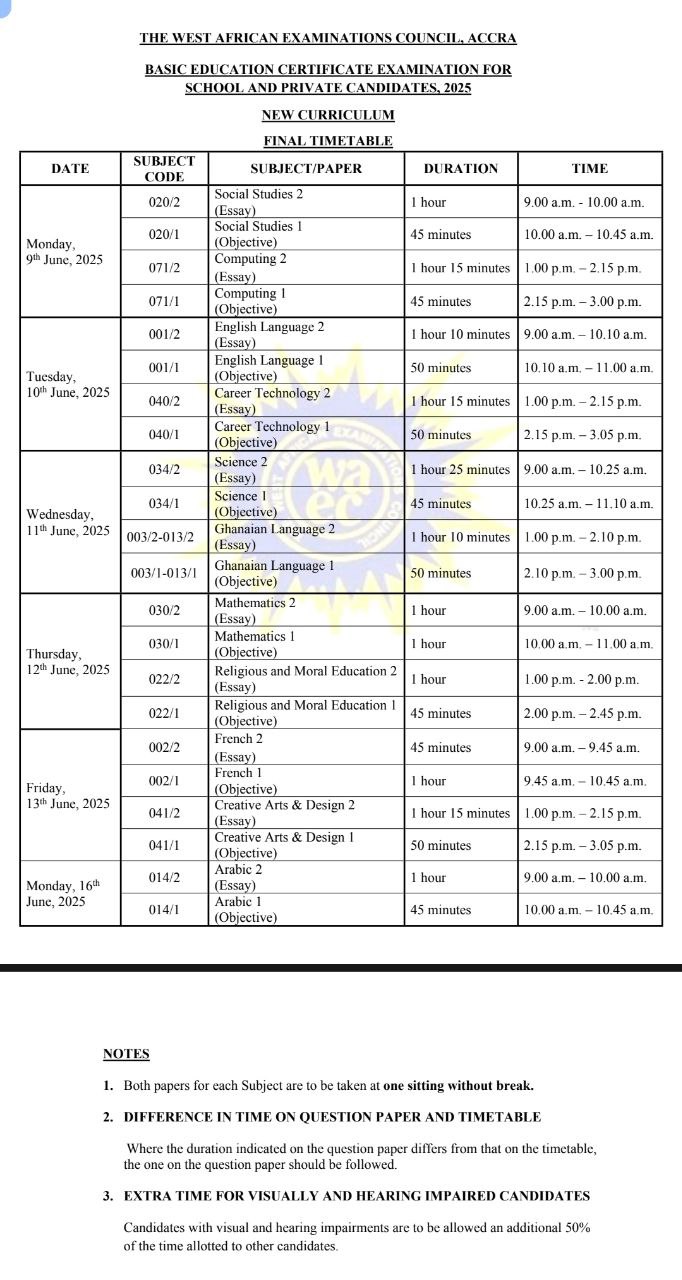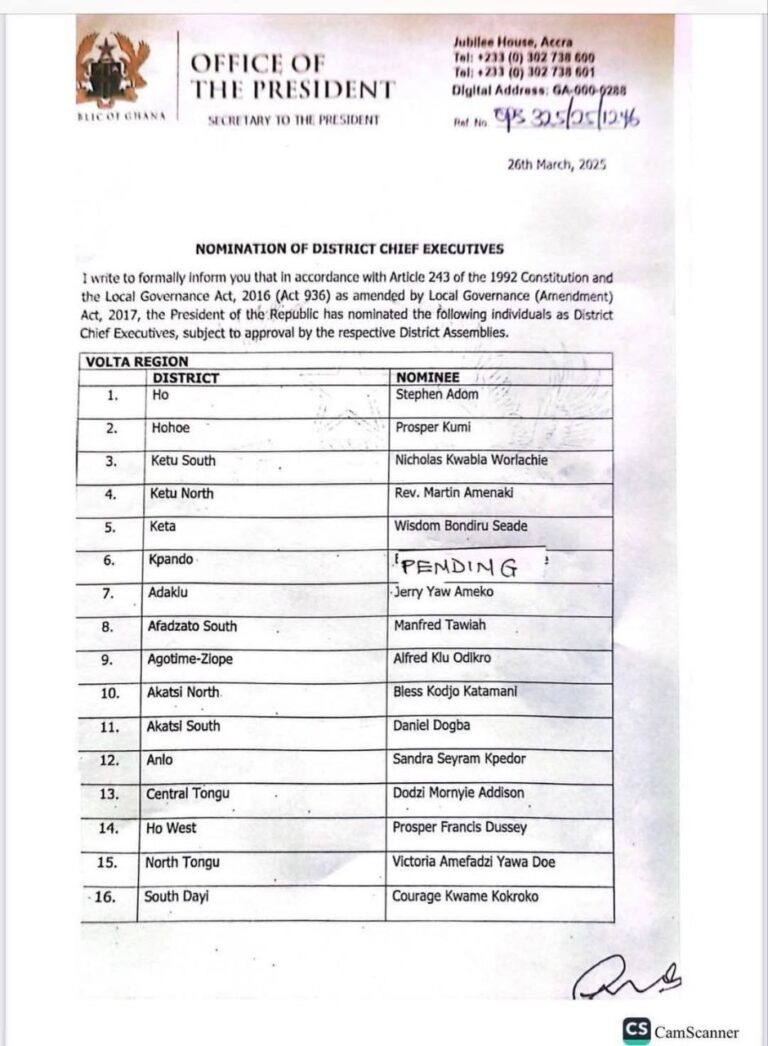This is a sample of a Populated Learning Planner, you can use this to prepare yours Download...
GESI Lesson Plans
This is a sample of a Populated Learning Planner, you can use this to prepare yours Download...
This is a sample of a Populated Learning Planner, you can use this to prepare yours Download...
This is a sample of a Populated Learning Planner, you can use this to prepare yours Download...
This is a sample of a Populated Learning Planner, you can use this to prepare yours Download...
This is a sample of a Populated Learning Planner, you can use this to prepare yours Download...
This is a sample of a Populated Learning Planner, you can use this to prepare yours Download...
New Lesson Plan ( Learning Planner ) For SHS/SHTS/STEM Curriculum Features and Details All is set for...
Here is the Download Computing Teacher Manual (Year 1) For SHS/SHTS/STEM Book 1 This is for Book...
Here is the Download Economics Teacher Manual (Year 1) For SHS/SHTS/STEM Book 1 This is for Book...


